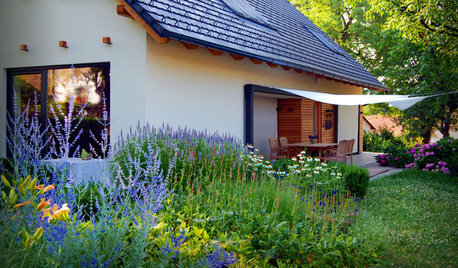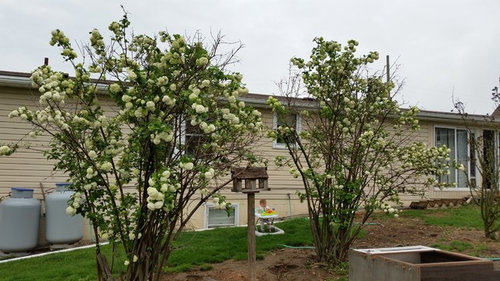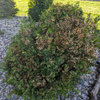rejuvenating an old viburnum opulus roseum
8 years ago
Featured Answer
Sort by:Oldest
Comments (19)
Related Professionals
Norfolk Landscape Architects & Landscape Designers · Mooresville Landscape Contractors · Berwyn Landscape Contractors · Hayden Landscape Contractors · Olympia Landscape Contractors · Tavares Landscape Contractors · Webster Groves Landscape Contractors · Pacifica Window Contractors · Ocala Driveway Installation & Maintenance · Maple Grove Decks, Patios & Outdoor Enclosures · Crystal Lake Decks, Patios & Outdoor Enclosures · Fort Mill Decks, Patios & Outdoor Enclosures · Freehold Decks, Patios & Outdoor Enclosures · Fullerton Decks, Patios & Outdoor Enclosures · Hendersonville Decks, Patios & Outdoor Enclosures- 8 years ago
- 8 years ago
- 8 years ago
- 8 years ago
- 8 years ago
- 8 years ago
- 8 years ago
- 8 years ago
- 8 years ago
Related Stories

LANDSCAPE DESIGNRelish the Romance of a Slovenian Garden
Dappled with coneflowers and bursting with hydrangeas, a romantic European garden near the Julian Alps inspires enchantment
Full StoryMore Discussions











Embothrium